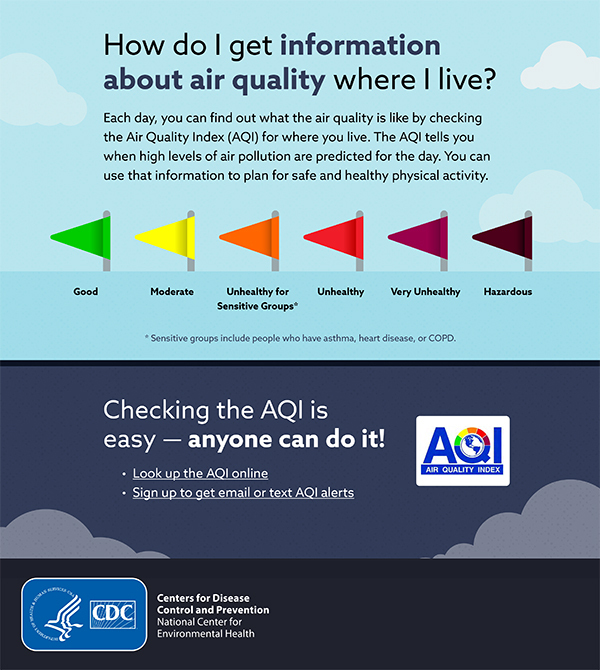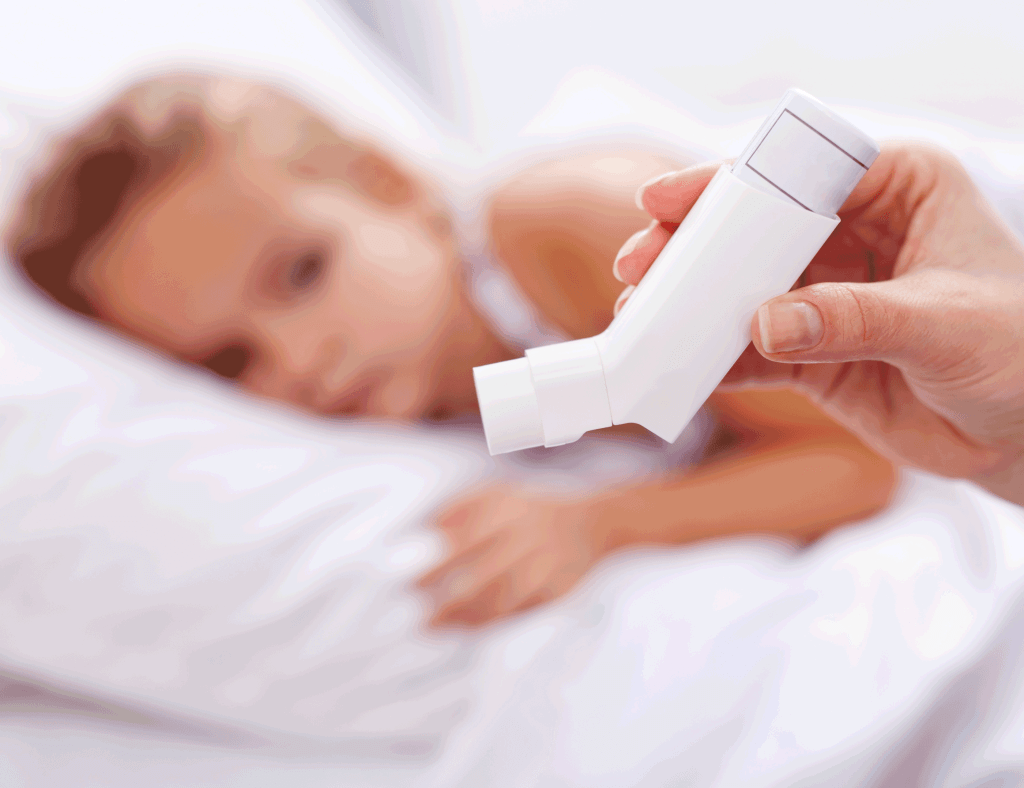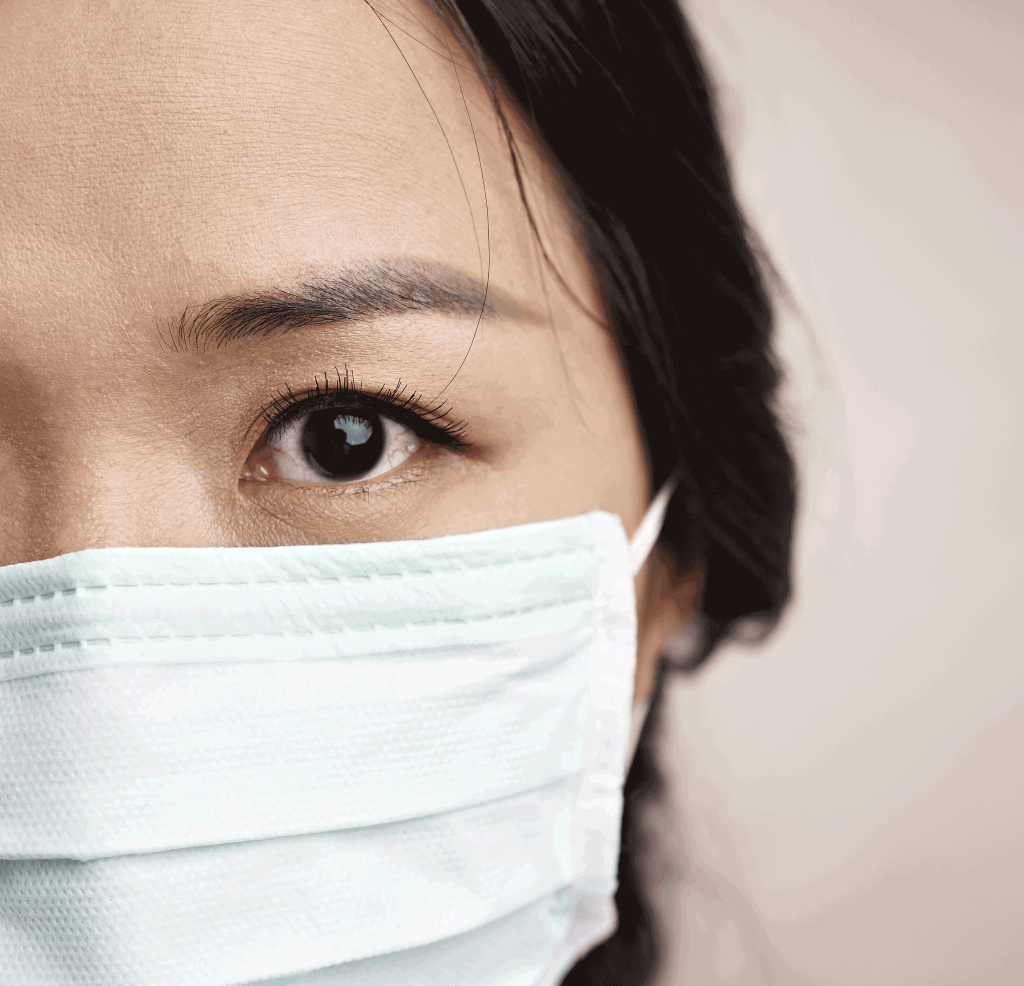We live in a world where the government has devices that can monitor many things in our daily lives. This isn’t a privacy issue, though, this is a good thing! In the US, the Environmental Protection Agency monitors the very air itself with at over 1,000 locations using state-of-the-art sensors and provides alerts on the Air Quality Index (AQI) based on how high pollution levels are at any given time.
There are five major pollutants monitored as part of the Clean Air Act: ground-level ozone (O3), particulate matter (PM2.5 and PM10), carbon monoxide (CO), sulfur dioxide (SO2) and nitrogen dioxide (NO2). These five pollutants pose serious health risks and it’s important to monitor them and ensure people get a proper warning ahead of time to avoid any serious and long-lasting problems. Countries in North America, Europe, and Oceania use the EPA standard and you can get alerts regularly on weather news radio stations for ample warning.
So what are the alerts and what do you need to know about them? The AQI is divided into six brackets. This infographic provides a bird’s eye overview:

These are the six levels of health concern and these are the things you need to take note of for each one.
- “Good” AQI is 0 to 50. Air quality is considered satisfactory, and air pollution poses little or no risk to anyone.
- “Moderate” AQI is 51 to 100. Air quality is acceptable; however, for some pollutants, there may be a moderate health concern for a very small number of people. For example, people who are unusually sensitive to ozone may experience respiratory symptoms. If you do not have a medical condition specifically related to air quality as diagnosed by a physician, you do not need to worry.
- “Unhealthy for Sensitive Groups” AQI is 101 to 150. Although the general public is not likely to be affected at this range, people who have existing conditions like heart and lung disease, as well as children and the elderly are at greater risk from exposure to ozone and particles in the air.
- “Unhealthy” AQI is 151 to 200. Everyone may begin to experience adverse health effects, and members of the sensitive groups may experience more serious effects.
- “Very Unhealthy” AQI is 201 to 300. This would trigger a health alert signifying that everyone may experience more serious health effects. These are broadcast by radio stations and even on television so people can take action ahead of time.
- “Hazardous” AQI is greater than 300. This would trigger a state of emergency for air quality conditions. The entire population is more than likely to be affected.
In general, a level of 100 is deemed safe for each pollutant. An AQI number under 100 means it is generally safe for everyone, while a number over 100 is cause for concern and triggers an alert for vulnerable groups. If two or more pollutants exceed 100, the highest number becomes the value for the day, and agencies must alert all the groups that are vulnerable to those pollutants. Levels over 300 mean very hazardous conditions and are usually city-wide or even regional emergencies that get national coverage.
During such emergencies, it is a good idea to follow these tips to avoid possible harm and help contribute to the lowering of pollutants:
- Avoid strenuous outdoor activities.
- Use public transportation, or combine errands and car-pool to reduce driving time and mileage.
- Use bicycles or walk to conserve on fuel use, but be sure to use protective respirators like N95 masks.
- Use less electricity by turning air conditioning to a higher temperature setting.
- Use less electricity by turning off lights, TVs, and computers when they are not being used.
- Avoid using small gasoline-powered engines, such as lawnmowers, string trimmers, chain saws, power-washers, air compressors, and leaf blowers.
Air pollution is a reality of modern living, but if we each do our part we can minimize the effects and the risks, and contribute towards keeping air quality levels in the green. We are all affected by poor air, so everybody should put in the effort to keep the air clean for everyone else.







